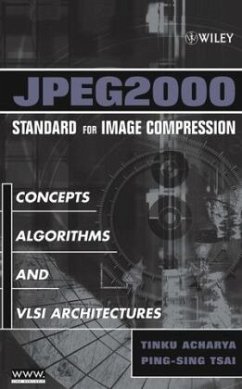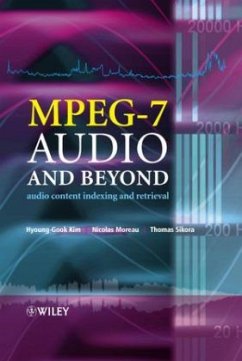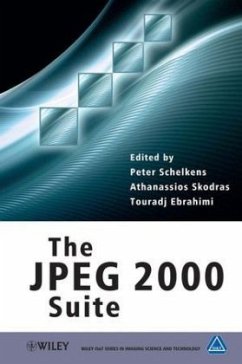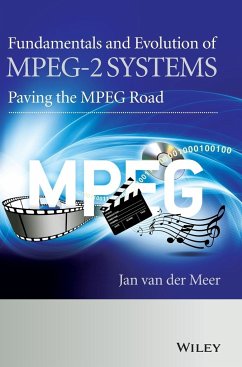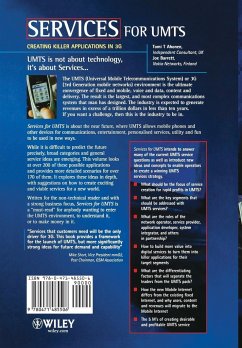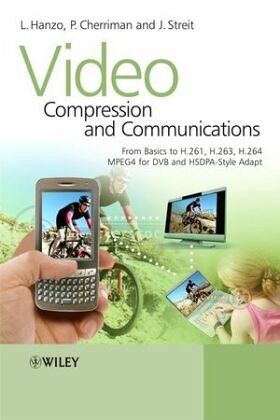
Video Compression and Communications
From Basics to H.261, H.263, H.264, MPEG4 for DVB and HSDPA-Style Adaptive Turbo-Transceivers

PAYBACK Punkte
116 °P sammeln!
Since the publication of Wireless Video Communications five years ago, the area of video compression and wireless transceivers has evolved even further. This new edition addresses a range of recent developments in these areas, giving cognizance to the associated transmission aspects and issues of error resilience.Video Compression and Communications has been updated and condensed yet remains all-encompassing, giving a comprehensive overview of the subject. Covering compression issues, coding delay, implementational complexity and bitrate, the book also looks at the historical perspective to vi...
Since the publication of Wireless Video Communications five years ago, the area of video compression and wireless transceivers has evolved even further. This new edition addresses a range of recent developments in these areas, giving cognizance to the associated transmission aspects and issues of error resilience.
Video Compression and Communications has been updated and condensed yet remains all-encompassing, giving a comprehensive overview of the subject. Covering compression issues, coding delay, implementational complexity and bitrate, the book also looks at the historical perspective to video communication.
_ New edition of successful and informative text, Wireless Video Communications
_ Substantial new material has been added on areas such as H.264, MPEG4 coding and transceivers
_ Clear presentation and broad scope make it essential for anyone interested in wireless communications
_ Systematically converts the lessons of Shannon'sinformation theory into design principles applicable to practical wireless systems.
This book is ideal for postgraduates and researchers in communication systems but will also be a valuable reference to undergraduates, development and systems engineers of video compression applications as well as industrialists, managers and visual communications practitioners.
Video Compression and Communications has been updated and condensed yet remains all-encompassing, giving a comprehensive overview of the subject. Covering compression issues, coding delay, implementational complexity and bitrate, the book also looks at the historical perspective to video communication.
_ New edition of successful and informative text, Wireless Video Communications
_ Substantial new material has been added on areas such as H.264, MPEG4 coding and transceivers
_ Clear presentation and broad scope make it essential for anyone interested in wireless communications
_ Systematically converts the lessons of Shannon'sinformation theory into design principles applicable to practical wireless systems.
This book is ideal for postgraduates and researchers in communication systems but will also be a valuable reference to undergraduates, development and systems engineers of video compression applications as well as industrialists, managers and visual communications practitioners.



